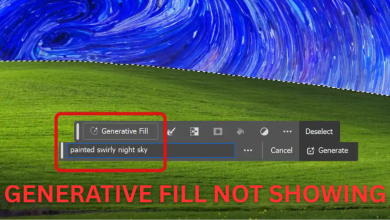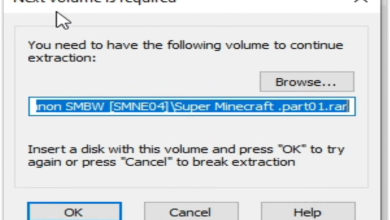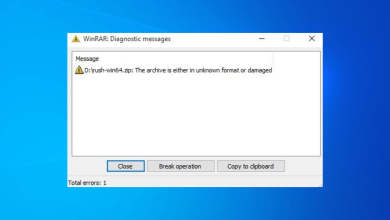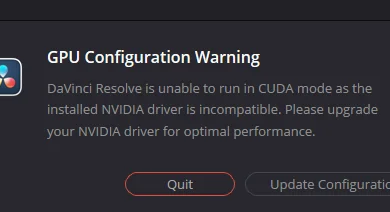Explained: OST Files (Offline Outlook Data Files)
OST stands for Offline Storage Table. It is a database file utilized by Microsoft Outlook, created when a user opens Outlook for the first time and connects to an email server. Outlook maintains a synchronized copy of server data within this OST file, allowing users to access emails even in the absence of a network connection. Modifications made while offline get synchronized once the connection is re-established.

The advantage of an OST file lies in its ability to store a locally-synced version of server data, enabling email accessibility without network connectivity. Users can edit these items offline, and the changes will synchronize with the server once connected.
When establishing a mailbox, if Cached Exchange Mode is disabled, no OST file will be formed, and the server will handle data download as needed.
Contents of an OST File
An OST file contains:
- Emails, notes, tasks, journals, documents, and more.
- Calendar entries, including meetings and appointments.
- Stored Outlook items in their designated folders, complete with properties and values.
- User preferences, such as view settings, email signatures, and message rules.
Features of an OST File
Key characteristics of an OST file include:
- Enabling offline work, with local saving of changes that sync upon reconnection.
- Support for BitLocker encryption in Outlook 2007 and later versions.
- Capability to convert OST to PST for backup or archival purposes.
- Individual OST files for each Outlook profile, permitting multiple OSTs on a single system.
- Option to access additional mailboxes via Exchange account connections.
Account Types for OST File
OST files are specific to Exchange accounts, IMAP, or MAPI accounts, and accounts from Office 365/Outlook 365 and Outlook.com.
Types of Outlook Files for Different Account Types
Outlook uses PST (Personal Storage Table) files for POP accounts, distinct from OST files. Both OST and PST utilize a Personal Folder File (PFF) format. Additionally, Outlook employs an Outlook Group Storage file (NST or GST), used for group communications and similar to OST files in function.
Difference Between OST and PST
OST and PST differ in several aspects:
- Data in PST is stored and removed from the server locally, while OST remains synchronized across devices.
- Offline work is not possible with PST files.
- OST files are exclusive to Microsoft services like Outlook or Exchange, while PST files are more versatile.
- PST files are transportable and can be used on different systems. Contrastingly, OST files are non-portable.
- Automatic synchronization over a network is absent in PST files.
- Both file types utilize Scanpst.exe for file repair.
OST Supported Outlook Versions
Outlook has supported PST files since Outlook 97. OST files have been integral for offline use alongside Microsoft Exchange and have been default since the introduction of Cached Exchange Mode in Outlook 2003.
Reasons to Locate an OST File
There may be occasions necessitating direct OST file access:
- Issues with Outlook starting up.
- Errors indicating OST inaccessibility or unrecognized data formats.
- Conversion of OST to PST, valuable for recovering data from deleted/disabled server profiles or when export and backup to PST are unfeasible.
- Relocation of oversized OST files to storage with greater capacity.
Location of OST File
The OST file location varies depending on Outlook version. Here are methods for finding it:
1. Through Outlook
Outlook provides a feature to find the OST file location:
Open Directly
- Open Outlook, right-click on the email account, and select Open File Location; this opens the File Explorer to the OST file’s location.
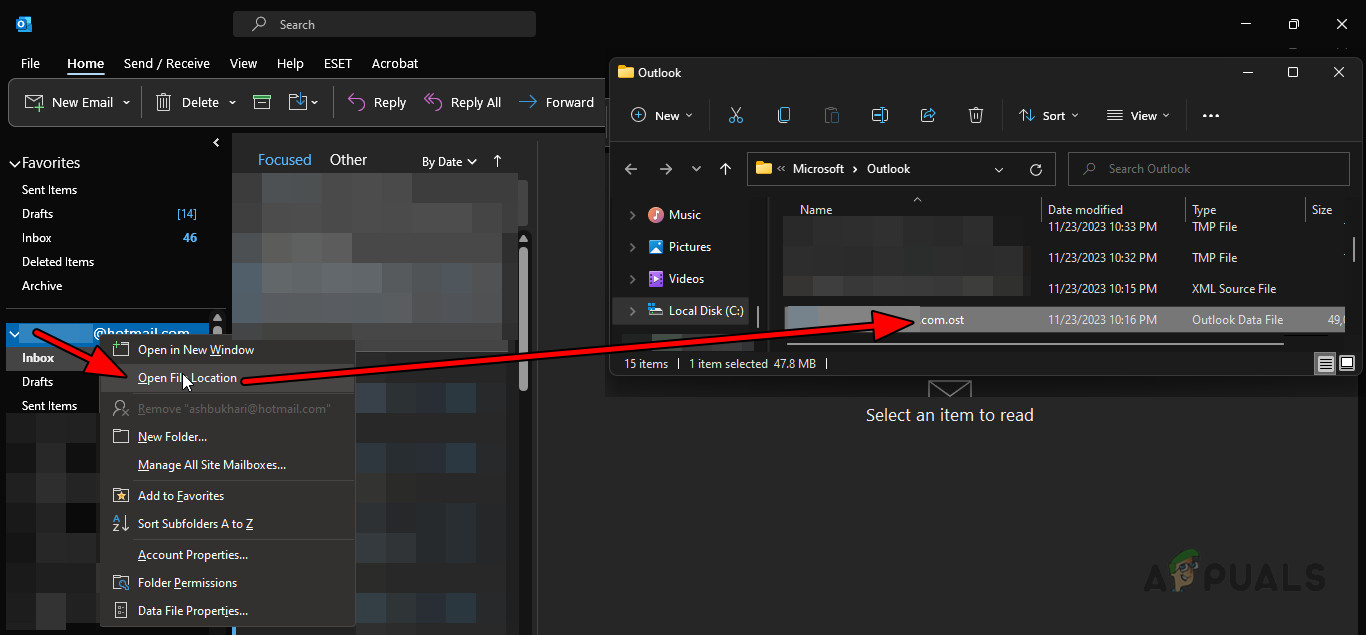
Directly Open the OST File in Outlook
Use the Outlook Account Settings
For Outlook 2013, 2016, 2019, or 2021:
- Navigate to Info > Account Settings > Account Settings.
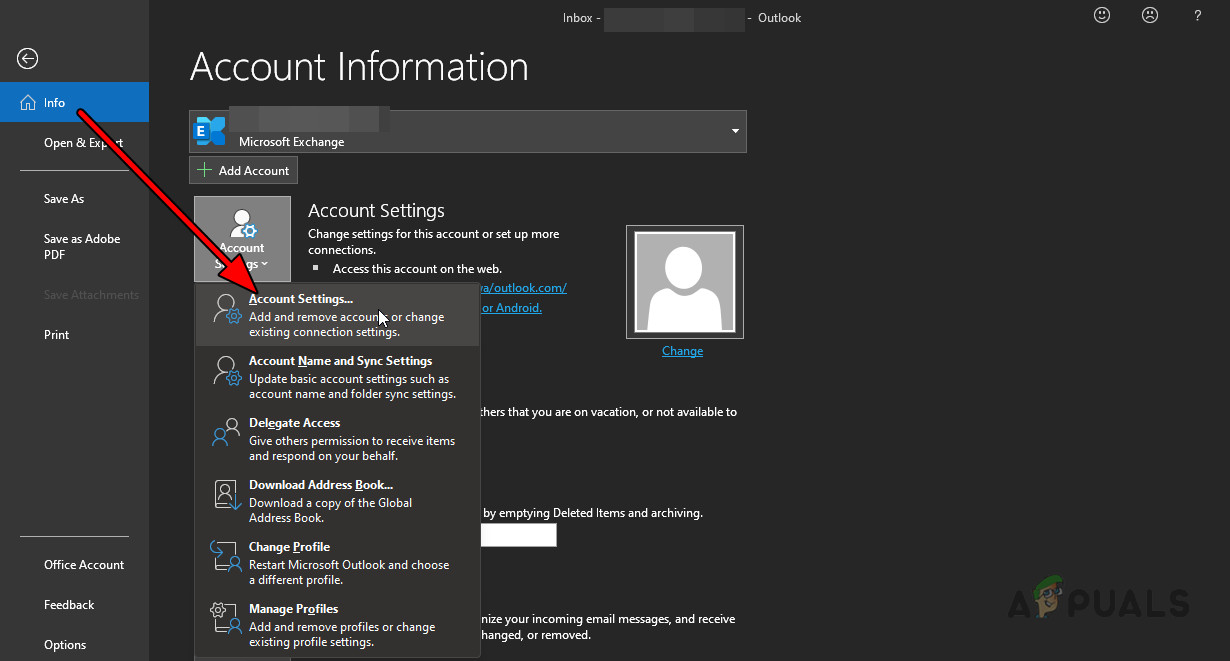
Open Outlook Account Settings - Under the Data Files tab, choose the desired file, then click Open File Location to bring up the File Explorer with the OST file location.
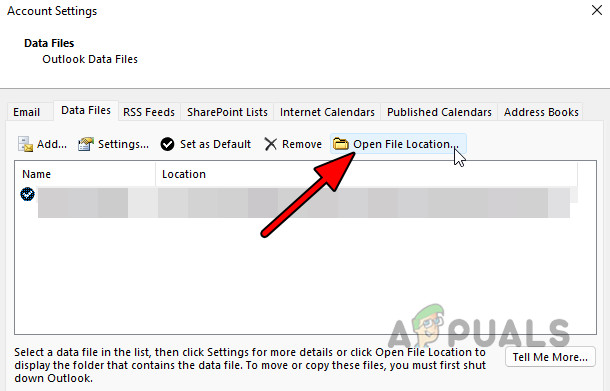
Open the Location of the OST File in the Outlook Account Settings
2. Check the Default Location
If Outlook is inaccessible, resort to checking the OST file’s default site, which varies by Outlook and OS version. Refer to the image provided to locate the default file path.

3. Use the Mail in the Control Panel
If Outlook remains inoperative:
- Open the Control Panel and select Mail.

Open Mail in the Windows Control Panel - Click Data Files, followed by Open File Location to reveal the OST directory via File Explorer.

Open the OST File Location Through the Control Panel’s Mail
Reduce the Size of the OST Files
Large OST files (over 50GB) may require size reduction due to synchronization issues:
- Limit cache duration between 3 to 6 months to prevent excessive file growth.

Change the Cached Mode of the OST File to 3 Months - Close Outlook and relocate to the OST file’s directory.
- Optionally Rename the OST file adding a .old extension or move it as a backup, also consider converting to PST.
- Delete the file, ensuring a backup exists (deleting OST differs from deleting PST which also removes data), then reopen Outlook.
- If issues persist, remove Shared Mailboxes or Folders to troubleshoot size problems.

Disable Shared Folders in the OST File Settings - If necessary, eliminate the email profile, remove OST, and reintroduce Outlook.
- Add the email account but restrict Shared Mailboxes and cache settings as done previously.
Further file size limits can be established via the registry edit, per Microsoft’s guidance, or by utilizing Symbolic Links.
Open and Convert the OST File
At times, opening or converting an orphaned OST file may be required. Directly opening or importing is not feasible, so consider these steps or third-party tools:
1. Convert OST to PST
When able to access the OST file in Outlook:
- Open Outlook, move to Open & Export > Export to a File.
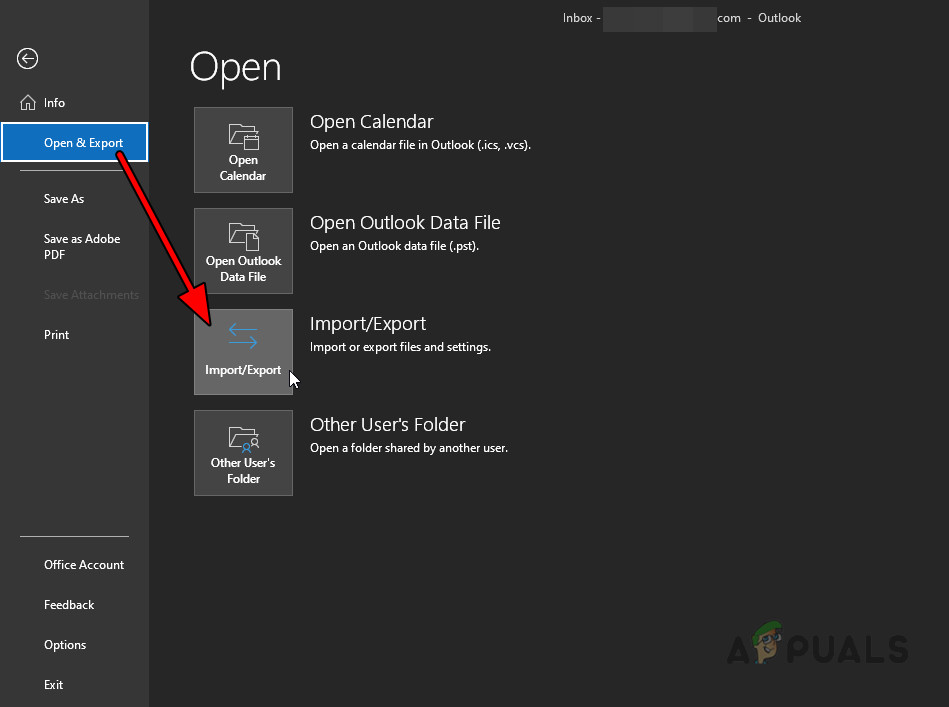
Open Import Export in the Open & Export Tab of Outlook - Choose Outlook Data File (.pst) and proceed to next steps.

Export the OST File to a PST File - Select the location for the PST file and finalize the process.
2. Open the OST File without Outlook
If the OST cannot be opened with Outlook, try third-party utilities, but please exercise caution and use at your own risk:
- Explorer Tool
- Viewer Tool
- OST Conversion Applications
OST Viewer Tool
For instance, the OST Viewer Tool can open the OST file.
- Download and install the OST Viewer Tool, or opt for the online version.
- Select the problematic OST file with the app.

Use the Viewer Tool to Open the OST File - Choose the relevant conversion mode or opt for restoration in case of corruption.
- Once loaded, proceed with conversion or extraction as needed.
For any questions or feedback, please reach out in the Comments section.
